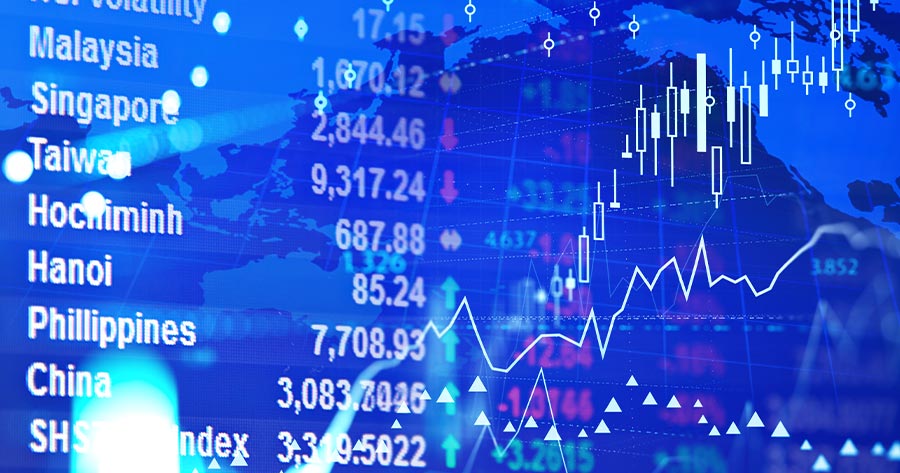On Monday morning (4 Mar, 9:29 AM, GMT+7, Bangkok time), most major indices in Asia Pacific decreased despite a breakthrough from Japan’s Nikkei, rising above 40,000 points.
Meanwhile, investors also kept their eyes on China’s Two Sessions meetings today, referring to the concurrent annual meetings of China’s legislature, the National People’s Congress, and the country’s top political advisory body, the Chinese People’s Political Consultative Conference.
Japan’s NIKKEI edged up by 0.65% to 40,168.77. South Korea’s KOSPI climbed by 1.08% to 2,671.01, while Australia’s ASX 200 slid by 0.08% to 7,739.6.
As for stocks in China, Shanghai’s SSEC dropped by 0.37% to 3,015.67. Shenzhen’s SZI declined by 0.52% to 9,385.68, and Hong Kong’s HSI decreased by 0.51% to 16,504.57.
Meanwhile, the US stock markets edged higher on Friday as the Dow Jones Industrial Average (DJIA) gained 0.23% to 39,087.38. NASDAQ rose by 1.14% to 16,274.94, and S&P 500 surged by 0.8% to 5,137.08. VIX declined by 2.16% to 13.11.
As for commodities, oil prices edged higher on Friday following the extension of oil production cuts from OPEC+ through the second quarter or potentially the end of the year, signaling tightness in the market. Brent grew $1.64 or 2% to $83.55 per barrel, and the West Texas Intermediate (WTI) rose $1.71 or 2.19% to $79.97 a barrel.
This morning, Brent edged up 18 cents or 0.22% to $83.73 a barrel, and WTI climbed 7 cents or 0.09% to $80.04 per barrel.
Meanwhile, gold futures decreased by 0.28% to $2,089.9 per Troy ounce.




